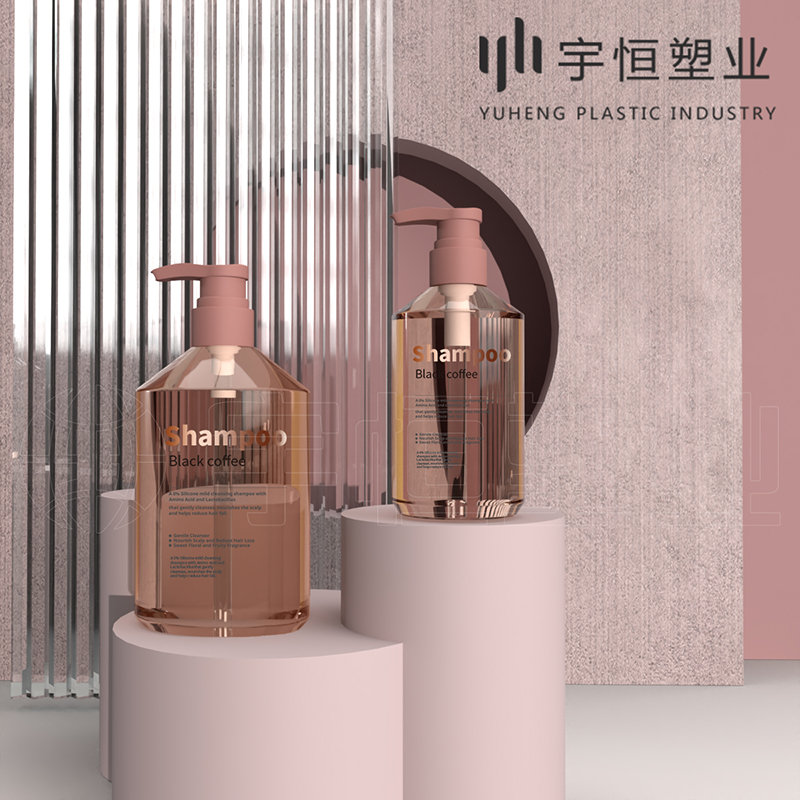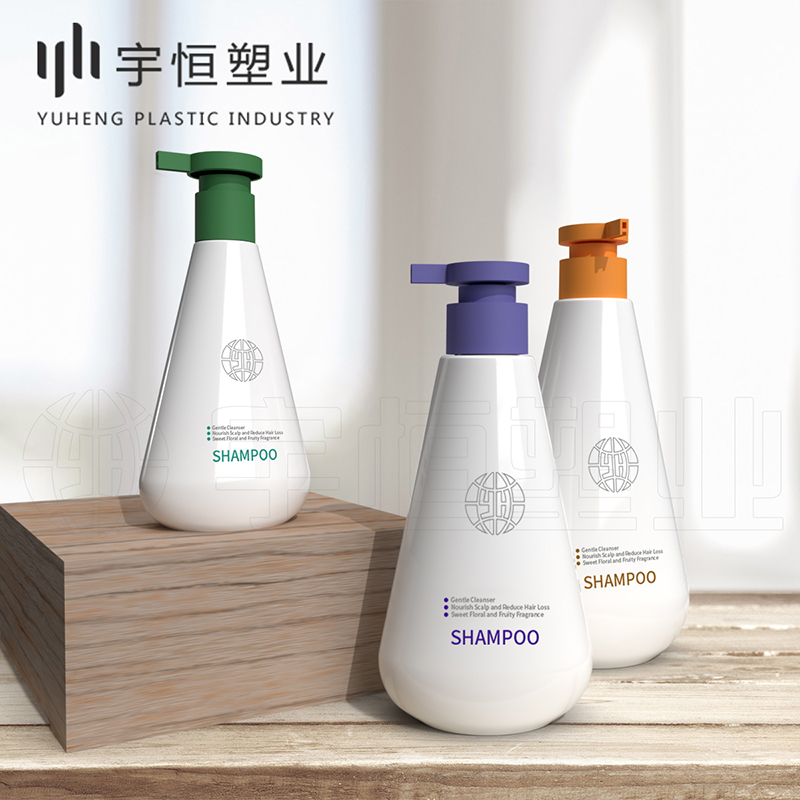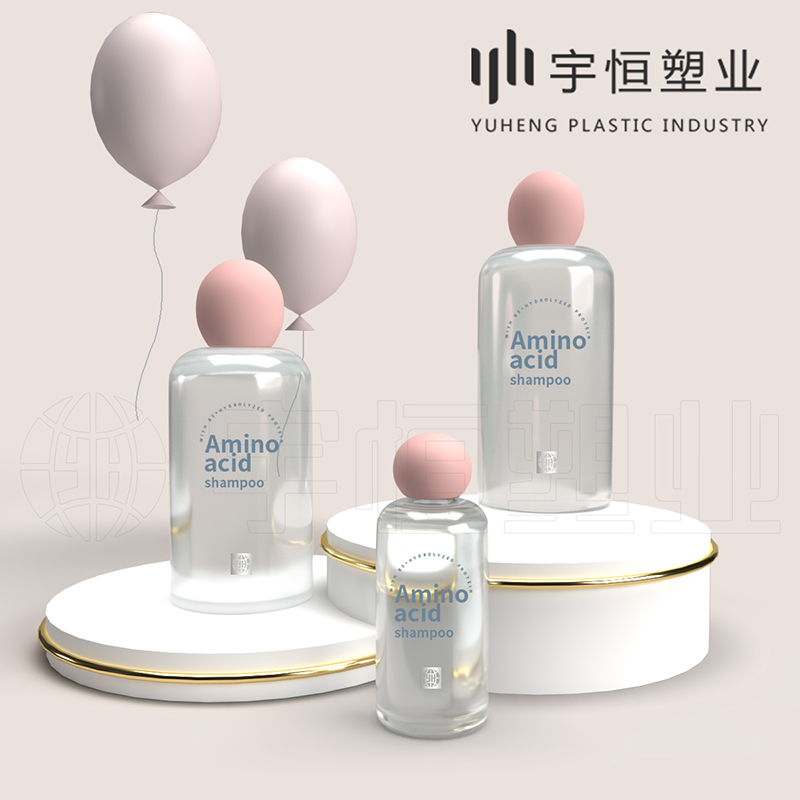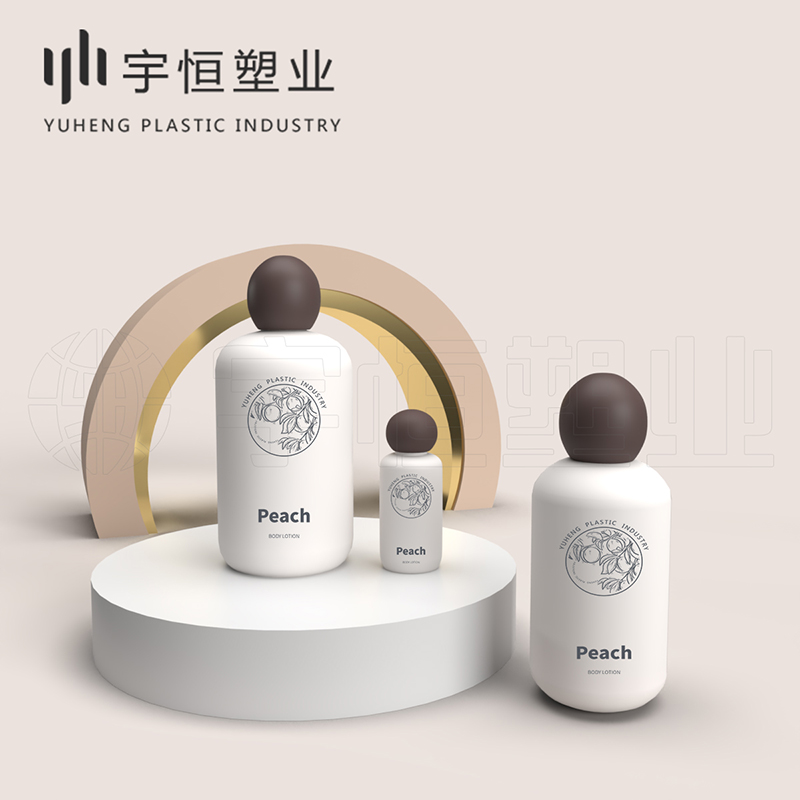In today's rapidly evolving cosmetics industry, product innovation is not only reflected in formulas and efficacy, but also in external packaging, which has become a crucial factor in attracting consumers' attention. As manufacturers of cosmetic plastic bottles, we are well aware that in today's world where aesthetics, practicality, and environmental protection are equally important, developing new plastic packaging materials is key to enhancing product competitiveness and keeping up with market trends. This article will delve into the new materials and applications of cosmetic plastic packaging, showcasing how these innovative materials dress cosmetics in more unique, efficient, and sustainable outer layers.

1. Eco-friendly Recycled Materials: The Rise of Green Packaging
With the global enhancement of environmental protection awareness, using eco-friendly recycled materials for cosmetic packaging has become an industry consensus. We adopt recycled plastics such as PET (Polyethylene Terephthalate) and rHDPE (Recycled High-Density Polyethylene), and give them new life through advanced processing techniques. These materials not only reduce the environmental impact of waste but also maintain good transparency and toughness, making them suitable for manufacturing various types of cosmetic bottles, such as lotion bottles and essence bottles, which are both aesthetically pleasing and environmentally friendly.

2. Biobased Materials: The Fusion of Nature and Technology
Biobased plastics, derived from renewable resources such as corn starch and sugarcane, represent another revolutionary innovation in the field of cosmetic packaging. These materials have minimal environmental impact during degradation and reduce dependence on traditional petroleum resources. Through special processing techniques, biobased plastics can be made into packaging containers with excellent barrier properties and high transparency, suitable for packaging high-end skincare and makeup products. They embody the brand's natural philosophy while satisfying consumers' pursuit of high-quality life.

3. Functional Coating Technology: Enhancing User Experience
Applying functional coatings to basic plastic materials can significantly improve the performance of cosmetic packaging. For example, UV-resistant coatings can effectively prevent light from damaging the ingredients inside the bottle, maintaining product freshness. Antibacterial coatings inhibit microbial growth, extending the shelf life of packaging and products, particularly suitable for products prone to bacterial growth such as liquid foundations and concealers. Additionally, humanized designs such as anti-slip and easy-to-open features are achieved through special coating technologies, making every use a pleasure.

4. Intelligent Packaging: The Intersection of Technology and Aesthetics
The introduction of intelligent packaging technology has pushed cosmetic packaging to a new height. By embedding sensors or QR codes, packaging can monitor product status in real-time (such as temperature and opening frequency), provide personalized skincare suggestions to consumers, and even integrate with smartphone applications to offer customized services. These innovations not only enhance product interactivity but also establish closer connections between brands and consumers, showcasing the future direction of cosmetic packaging.

The application of new materials in cosmetic plastic packaging is not only a technological innovation but also a practice of sustainable development principles. As manufacturers of cosmetic plastic bottles, we continuously explore and innovate, aiming to provide customers with more eco-friendly, efficient, and intelligent packaging solutions. We strive to present every cosmetic product to consumers in its best state while contributing to the sustainable development of our planet. In the future, we will continue to advance on the path of cosmetic packaging, dressing products in even more dazzling outer layers through innovation.




